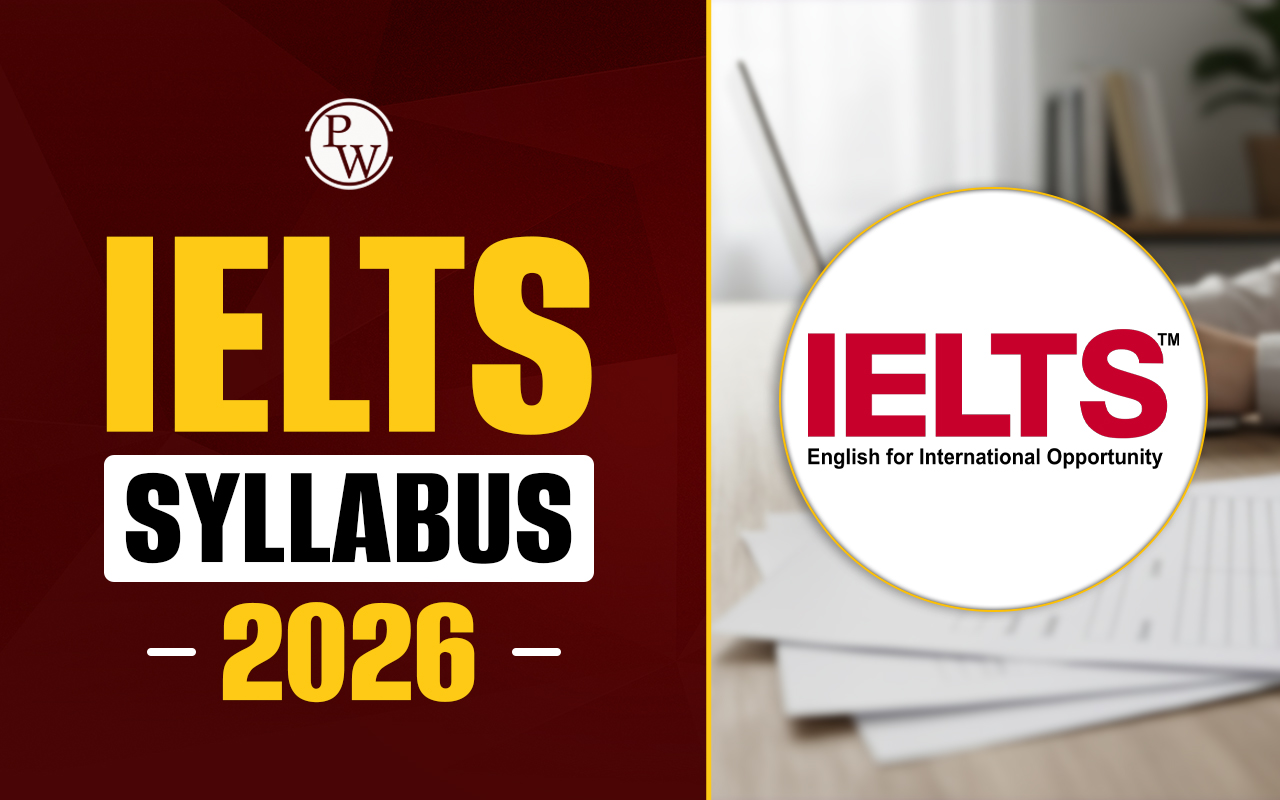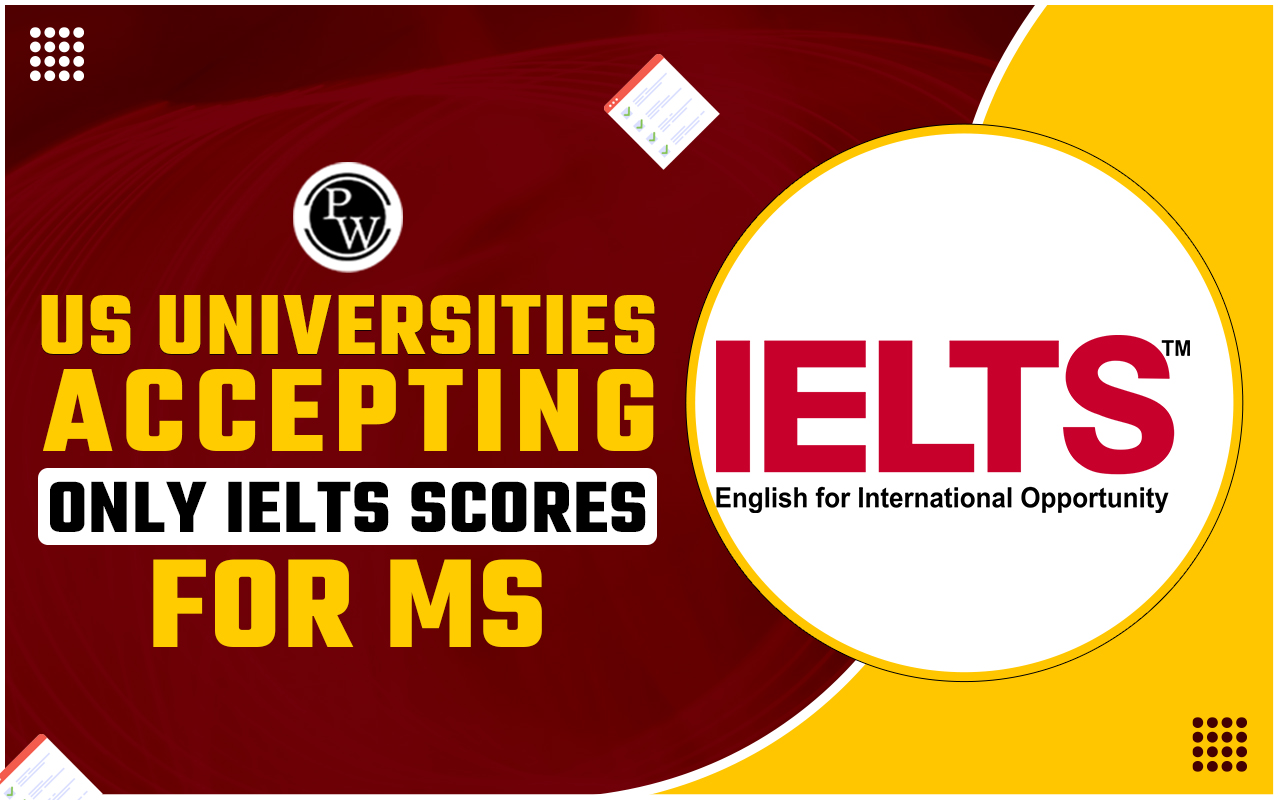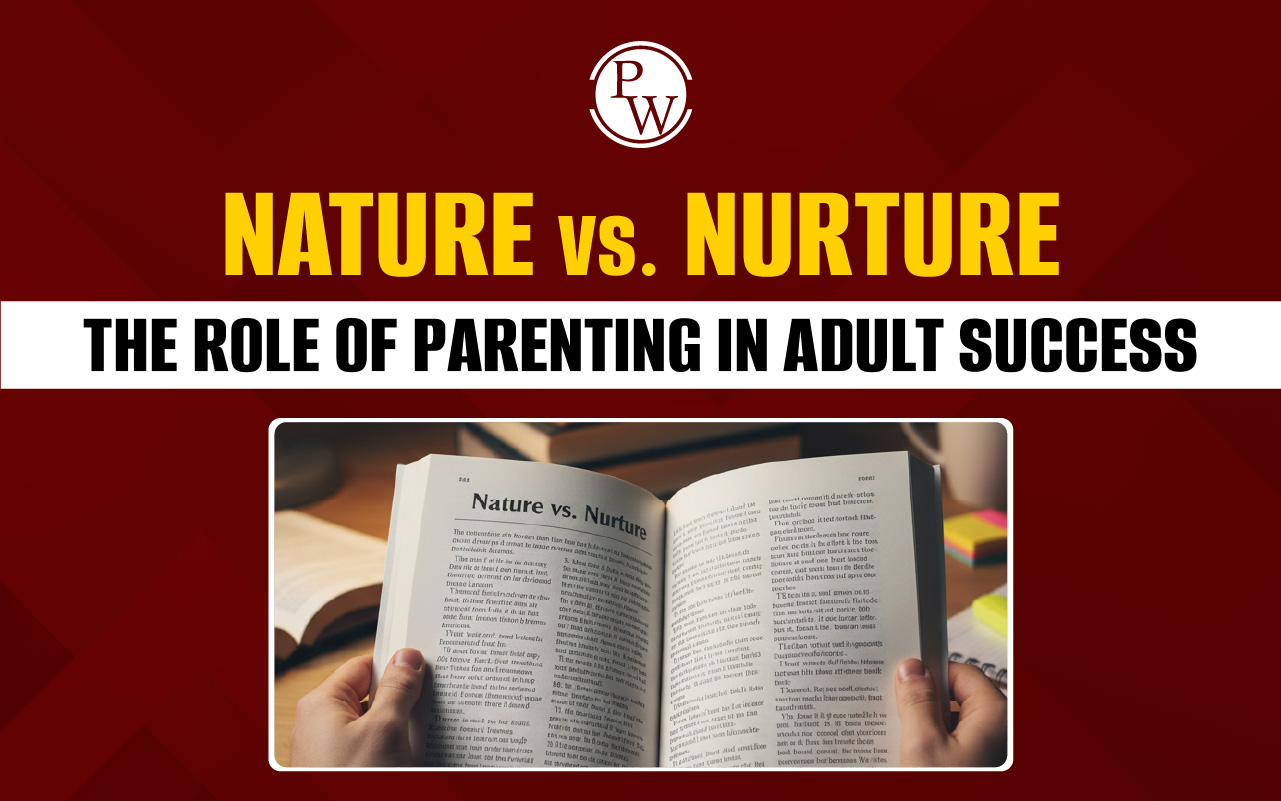
Driverless Cars Reading Answers: Each year, reading passages are included in the IELTS exam to evaluate a candidate's comprehension of key concepts, capacity to find specific information, and ability to decipher complex phrases. Reading portions on the IELTS are typically repetitious. Therefore, practicing Driverless Cars Reading Answers can help aspirants to secure high IELTS Reading band score . Driverless Cars Reading Answers passage includes a total of 13 questions including IELTS matching features and IELTS matching sentence endings. Here, we have provided one IELTS Reading passage on the “Driverless Cars” topic. Read the complete article to learn how to answer passage questions in IELTS Reading module along with specific tips and tricks.
Free IELTS Reading Practice Tests, Cambridge Sample Test PDF
Driverless Cars Reading Answers Passage
You should spend about 20 minutes on Questions 1-13, which are based on the Reading Passage below.Driverless Cars
A. The automotive industry is very used to adapting to automating manufacturing. From the 1970s the implementation of robotic car manufacture brought significant cost savings and improvements in the reliability and flexibility of mass production of vehicles. There is a new challenge to vehicle production on the horizon again and it comes from automation. But, this time it has nothing to do with the process of manufacturing, but with the vehicles themselves. B. Vehicle automation research is not new. For more than 50 years, vehicles with limited self-driving capabilities have been around, which contributed significantly towards driver assistance systems. Progress in this field has quickly gathered pace since Google announced that it had been trialing self-driving cars on the streets of California in 2010. C. Technology is advancing so fast for many reasons. The biggest reason is safety. UK’s Transport Research Laboratory’s Research has shown that more than 90% of road collisions occur due to human error, and it is the biggest cause of road accidents. Automating driving may help to reduce the occurrence of this. D. Another reason is to reduce the time people spend driving and make use of it for other purposes. It may be possible to socialize, be productive or relax if the vehicle can do some or all of the driving, while automation systems have all the responsibility for your safety. Those who are old or disabled may be able to travel alone if the vehicle can do the driving. E. We can look at the wider implications for transport and society apart from these direct benefits, and how manufacturing processes might need to change as a result. At present, the average car spends its life parked for more than 90% of its life. Initiatives for car-sharing become more possible through automation, especially in cities with more demand for vehicles. Mobility demand can be met by far fewer vehicles if a significant proportion of the population chooses to use shared automated vehicles. F . The Massachusetts Institute of Technology investigated automated mobility in Singapore and found that less than 30% of the vehicles used presently would be needed if automated car-sharing could be fully implemented. In that case, it can mean that we may need to produce far lesser vehicles to meet the demand. The number of trips being taken may increase because empty vehicles would have to be moved from one customer to the next. G . Modelling work at the University of Michigan Transportation Research Institute indicates that automated vehicles might reduce ownership of vehicles by 43%, but as a result, the average annual mileage of vehicles doubles. As a result, the vehicles would be used more frequently and will require replacement sooner. Due to this fast turnover vehicle production may not necessarily decrease. H . Automation may bring some other modifications in the manufacture of vehicles. If we move to a model where consumers don’t own any vehicles but will get access to different vehicles through a mobility provider, drivers will choose to select the vehicle that best suits their needs for a particular journey, rather than compromising on all their requirements. I. Since, most of the seats in most cars are unoccupied most of the time, it can increase the development of smaller and more efficient vehicles that match the needs of individuals. For going on exceptional journeys like a family trip or to help children move to a university specialized vehicles may be made available. J. We should overcome many obstacles before delivering automated vehicles to our roads. These include the technical difficulties in making sure that the vehicle is reliable in traffic, different climates, and multiple road situations it might experience; the regulatory challenges in understanding how liability and enforcement might need to change when drivers are not needed; and the societal changes that is to be brought in communities to accept and trust automated vehicles as being a valuable part of the mobility landscape. K. There is no doubt that many challenges need to be taken care of but, through targeted and robust research, these problems can be solved in the next 10 years. In the coming years, mobility will change in many ways and will be associated with so many other technological developments, such as telepresence and virtual reality, which is difficult to make proper predictions. However, one thing is clear: change is for sure, and the flexibility to respond to this will be essential for those involved in manufacturing the vehicles that will implement future mobility.Driverless Cars Reading Answers Sample Questions
Driverless Cars Reading Answers: Matching Information (Questions 1-5) Match each statement with the correct paragraph (A-K).1. Research shows that most car accidents are caused by human error. 2. Automation could allow elderly and disabled people to travel independently. 3. Vehicle ownership may reduce, but the distance driven per vehicle could increase. 4. Automated cars may reduce the number of cars needed for city transport. 5. Challenges to automation include legal, technical, and societal factors.
Driverless Cars IELTS Reading Answers: True / False / Not Given (Questions 6-10) Write TRUE if the statement agrees with the information, FALSE if it contradicts the information, or NOT GIVEN if there is no information on this.6. Self-driving vehicles were first developed by Google. 7. The introduction of automated cars will definitely lead to fewer cars being manufactured. 8. Automated cars will allow drivers to use travel time for other activities. 9. The UK has already implemented automated car-sharing across major cities. 10. Automated vehicles will eliminate all road accidents in the future.
Driverless Cars Reading Answers: Summary Completion (Questions 11-13) Complete the summary using NO MORE THAN TWO WORDS from the passage.Automation in the automotive industry is progressing due to advances in technology and the need to improve (11) . Automated vehicles may help reduce accidents caused by (12) . Additionally, automation could lead to fewer vehicles on the road, with initiatives like (13) helping to meet transport demand.
| IELTS Exam Important Links | |
|---|---|
| IELTS Reading Band Score | IELTS Listening Band Score |
| IELTS Speaking Band Score | IELTS Writing Band Score |
Driverless Cars Reading Answers Explanation
Ans 1. Research shows that most car accidents are caused by human error. Answer: C Explanation : Paragraph C states that "UK’s Transport Research Laboratory’s Research has shown that more than 90% of road collisions occur due to human error." Ans 2. Automation could allow elderly and disabled people to travel independently. Answer: D Explanation : Paragraph D mentions that "Those who are old or disabled may be able to travel alone if the vehicle can do the driving." Ans 3. Vehicle ownership may reduce, but the distance driven per vehicle could increase. Answer: G Explanation : Paragraph G highlights that "automated vehicles might reduce ownership of vehicles by 43%, but as a result, the average annual mileage of vehicles doubles." Ans 4. Automated cars may reduce the number of cars needed for city transport. Answer: F Explanation : Paragraph F discusses that "less than 30% of the vehicles used presently would be needed if automated car-sharing could be fully implemented." Ans 5. Challenges to automation include legal, technical, and societal factors. Answer: J Explanation : Paragraph J outlines the obstacles including "technical difficulties... regulatory challenges... and the societal changes that is to be brought in communities." Ans 6. Self-driving vehicles were first developed by Google. Answer: FALSE Explanation : Paragraph B mentions that "vehicles with limited self-driving capabilities have been around for more than 50 years," indicating that Google did not develop the first self-driving cars. Ans 7. The introduction of automated cars will definitely lead to fewer cars being manufactured. Answer: FALSE Explanation : Paragraph G explains that although ownership may decrease, the increased annual mileage means "vehicles would be used more frequently and will require replacement sooner," suggesting production may not decrease. Ans 8. Automated cars will allow drivers to use travel time for other activities. Answer: TRUE Explanation : Paragraph D states that "it may be possible to socialize, be productive or relax if the vehicle can do some or all of the driving." Ans 9. The UK has already implemented automated car-sharing across major cities. Answer: NOT GIVEN Explanation : The passage discusses future possibilities of automated car-sharing but does not mention that the UK has already implemented it. Ans 10. Automated vehicles will eliminate all road accidents in the future. Answer: NOT GIVEN Explanation : The passage mentions reducing accidents but does not state that all accidents will be eliminated. Automation in the automotive industry is progressing due to advances in technology and the need to improve Ans 11. Automated vehicles may help reduce accidents caused by Answer: safety . Ans 12. Additionally, automation could lead to fewer vehicles on the road, with initiatives like Answer: human error . Ans 13. helping to meet transport demand. Answer: car-sharingRead More: How to Manage Time in IELTS Reading
Driverless Cars Reading Answers Tips
Here’s a table outlining tips for solving the "Driverless Cars" IELTS Reading Passage effectively:| Question Type | Tips to Solve |
|---|---|
| Matching Information | Read headings carefully and match keywords or synonyms. Look for unique information in each paragraph. |
| True / False / Not Given | Focus on facts. If the text agrees, it's TRUE. If it disagrees, it's FALSE. If no info, it's NOT GIVEN. |
| Summary Completion | Use exact words from the text. Look for keywords in the summary that match parts of the passage. |
| Time Management | Don’t spend too much time on one question. Move on and return if needed. |
| Scanning and Skimming | Scan for keywords and skim to get the main idea. Highlight key points as you read. |
- Should You Use All Capital Letters in the IELTS Listening and Reading Tests
- IELTS Reading Mistakes
- How to Improve IELTS Reading Score
- How to Manage Time in IELTS Reading
Guidance of PW IELTS
Physics Wallah offers a few popular online IELTS courses for all students. Follow the latest IELTS articles to better prepare for the exam.| IELTS Exam Other Related Links | |
|---|---|
| IELTS Registration | IELTS Eligibility Criteria |
| IELTS Exam Pattern | IELTS Syllabus |
| IELTS Exam Dates | IDP IELTS Test Centers |
Driverless Cars Reading Answers FAQs
How do I approach matching information questions?
How do I handle True/False/Not Given questions?
What should I focus on for summary completion?
Can I write more than two words in summary completion?
What if I can't find an answer?










